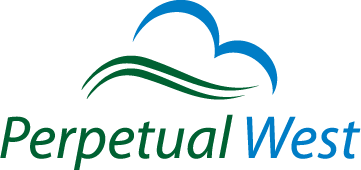Chromebook Series – Part 2: Overview of Chromebook Apps
In Part 1 of this blog series, I took a look at Chromebooks from a macro level and highlighted eight key features that businesses should take note of. In Part 2 of this blog series, it’s time to switch gears and look at the meat and potatoes – the Chromebook apps. Chrome OS is essentially a glorified web browser (albeit a nice one) and requires you to run cloud-based apps. Given the growth in Software-as-a-Service (SaaS), there are apps for most typical business requirements but are they good enough to replace their traditional desktop competition? Let’s take a closer look at the apps that are available for Chromebook users:
Chromebook Series – Part 1: Should Your Business Use Chromebooks?
Google is a cloud pioneer and their technology is built with the cloud in mind. To Google, it makes sense that all roads should lead to the cloud when it comes to a desktop OS as well. One of Google’s latest product offerings is the Google Chromebook and Chrome OS. A Chromebook is essentially an internet dependent, lightweight laptop that runs Chrome OS (i.e. Google’s answer to Windows or Mac OS X on the desktop). Chrome OS represents a dramatic shift in thinking when it comes to desktop operating systems. Chrome OS is basically the same browser that you would use on a PC or Mac but with a few additions that make it a functional OS. Since Chromebooks have just recently been made available to Canadians, I think it’s worth taking a closer look at what they have to offer for small and medium sized businesses. Chromebooks are being adopted by schools across the country but do they make sense for your business? In Part 1 of this series on Chromebooks, I’ll look at Chromebooks from a macro level and in Part 2 we’ll take a closer look at the apps available for them.

